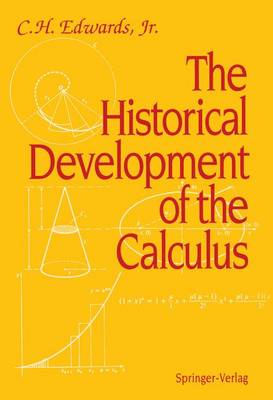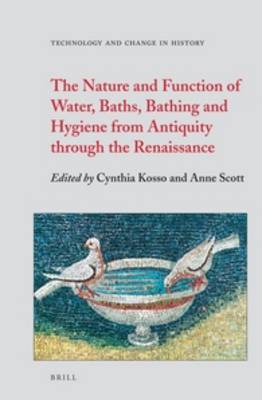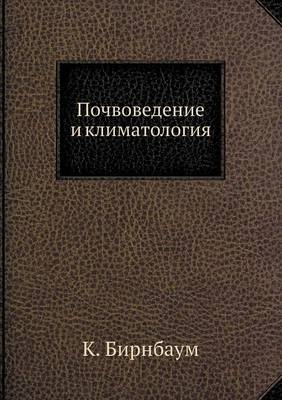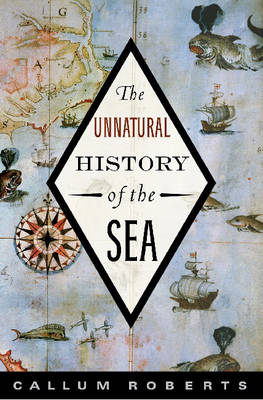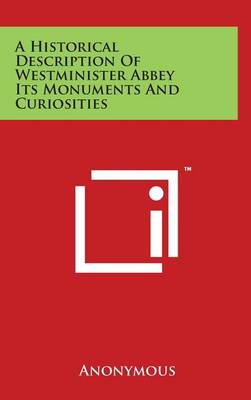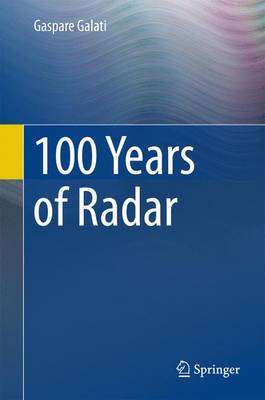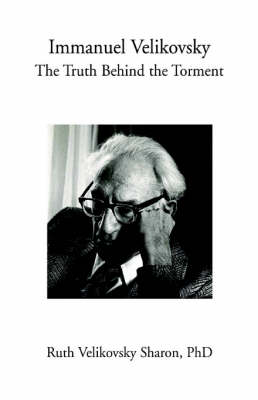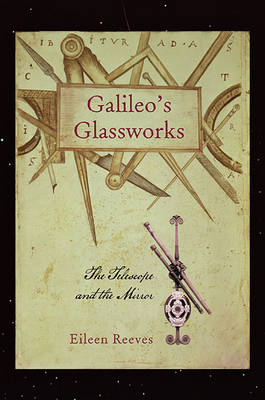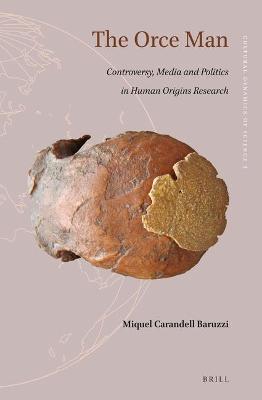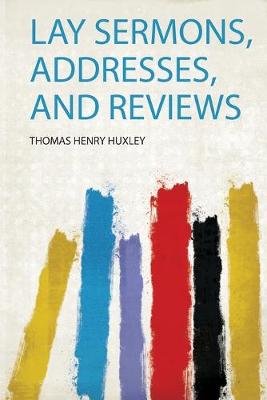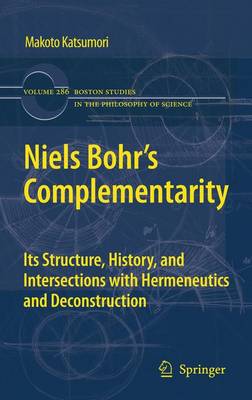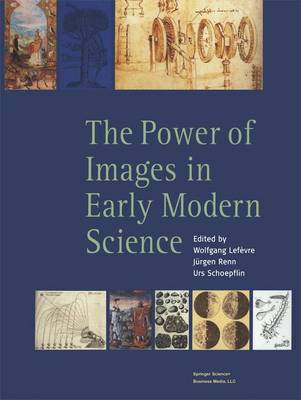Ancient science is a subject that commands extensive general interest. This is the first non-technical survey of the interface between ancient and modern science. It is aimed at crossover student sales in classics, the history of ideas and the history and philosophy of science. Modern science and its technology are the children of the seventeenth-century. But the bold investigative experimentation and scientific systems of thought that this era spawned were in turn thoroughly influenced by Greek...
The Historical Development of the Calculus (Springer Study Edition)
by C. H. Edwards
The calculus has served for three centuries as the principal quantitative language of Western science. In the course of its genesis and evolution some of the most fundamental problems of mathematics were first con- fronted and, through the persistent labors of successive generations, finally resolved. Therefore, the historical development of the calculus holds a special interest for anyone who appreciates the value of a historical perspective in teaching, learning, and enjoying mathematics and i...
These essays offer scholars, teachers, and students a new basis for discussing attitudes toward, and technological expertise concerning, water in antiquity through the early Modern period, and they examine historical water use and ideology both diachronically and cross regionally. Topics include gender roles and water usage; attitudes, practices, and innovations in baths and bathing; water and the formation of identity and policy; ancient and medieval water sources and resources; and religious a...
Humanity can make short work of the oceans' creatures. In 1741, hungry explorers discovered herds of Steller's sea cow in the Bering Strait, and in less than thirty years, the amiable beast had been harpooned into extinction. It's a classic story, but a key fact is often omitted. Bering Islannd was the last redoubt of a species that had been decimated by hunting and habitat loss years before the explorers set sail.As Callum M. Roberts reveals in THE UNNATURAL HISTORY OF THE SEA, the oceans' b...
High-Speed CMOS Circuits for Optical Receivers
by Jafar Savoj and Behzad Razavi
The exponential growth of the number of Internet nodes has suddenly created a widespread demand for high-speed optical and electronic devices, circuits, and systems. The new optical revolution has replaced modular, general-purpose building blocks by end-to-end solutions. Greater levels of integration on a single chip enable higher performance and lower cost. The mainstream VLSI technologies such as BiCmos and CMOS continue to take over the territories thus far claimed by GaAs and InP devices. Th...
To the Digital Age (Johns Hopkins Studies in the History of Technology)
by Ross Knox Bassett
The metal-oxide-semiconductor (MOS) transistor is the fundamental element of digital electronics. The tens of millions of transistors in a typical home-in personal computers, automobiles, appliances, and toys-are almost all derive from MOS transistors. To the Digital Age examines for the first time the history of this remarkable device, which overthrew the previously dominant bipolar transistor and made digital electronics ubiquitous. Combining technological with corporate history, To the Digita...
A Companion to Cosimo I de’ Medici (The Renaissance Society of America, #17)
Mining the rich documentary sources housed in Tuscan archives and taking advantage of the breadth and depth of scholarship produced in recent years, the seventeen essays in this Companion to Cosimo I de' Medici provide a fresh and systematic overview of the life and career of the first Grand Duke of Tuscany, with special emphasis on Cosimo I's education and intellectual interests, cultural policies, political vision, institutional reforms, diplomatic relations, religious beliefs, military entrep...
Jefferson's diverse scientific pursuits; Though we most often think of Thomas Jefferson as president and statesman, he is also recognized, in the words of the late Dumas Malone, "as an American pioneer in numerous branches of science, notably paleontology, ethnology, geography, and botany." In this fascinating book, Silvio Bedini explores his wide-ranging mathematical and scientific pursuits. Taught surveying by his map-making father, Jefferson developed an interest in measurement and observatio...
A Historical Description of Westminister Abbey Its Monuments and Curiosities
by Anonymous
Biographical Memoirs V.85
by National Academy of Sciences Office of the Home Secretary
This book offers fascinating insights into the key technical and scientific developments in the history of radar, from the first patent, taken out by Hulsmeyer in 1904, through to the present day. Landmark events are highlighted and fascinating insights provided into the exceptional people who made possible the progress in the field, including the scientists and technologists who worked independently and under strict secrecy in various countries across the world in the 1930s and the big business...
Encyclopedia of the Scientific Revolution
With unprecedented current coverage of the profound changes in the nature and practice of science in sixteenth- and seventeenth-century Europe, this comprehensive reference work addresses the individuals, ideas, and institutions that defined culture in the age when the modern perception of nature, of the universe, and of our place in it is said to have emerged. Covering the historiography of the period, discussions of the Scientific Revolution's impact on its contemporaneous disciplines, and in-...
Galileo and the Dutch telescope have long enjoyed a durable connection in the popular mind, transforming a rather modest middle-aged scholar into the icon of the Copernican Revolution. And yet the speed with which the telescope changed the course of Galileo's life and early modern astronomy obscures his actual delayed encounter with the instrument. This book considers the lapse between the telescope's 1608 creation in The Hague and Galileo's acquaintance with such news ten months later. Along th...
The Orce Man (Cultural Dynamics of Science, #3)
by Miquel Carandell Baruzzi
In The Orce Man: Controversy, Media and Politics in Human Origins Research, Miquel Carandell presents a thrilling story of a controversy on an Spanish "First European" that involved scientists, politicians and newspapers. In the early 1980s, with Spanish democracy in its beginnings, the Orce bone was transformed from a famous human ancestor to an apparently ridiculous donkey remain. With a chronological narrative, this book is not centered on whether the bone was human or not, but on the circums...
This book explores the modern physicist Niels Bohr's philosophical thought, specifically his pivotal idea of complementarity, with a focus on the relation between the roles of what he metaphorically calls "spectators" and "actors." It seeks to spell out the structural and historical complexity of the idea of complementarity in terms of different modes of the 'spectator-actor' relation, showing, in particular, that the reorganization of Bohr's thought starting from his 1935 debate with Einstein a...
Laszlo Zechmeister (SpringerBriefs in Molecular Science)
by Michaela Wirth
Lazlo Zechmeister was one of the pioneers in chromatology. He recognized the potential of the chromatographic method and made extensive use of it for his research about natural products. In 1938 he founded the book series "Progress in the Chemistry of Organic Natural Products" which includes review articles on contemporary research by masters in their fields of expertise. This text casts light on his life and his pioneering role in chromatography and provides more detailed insight on the book se...

